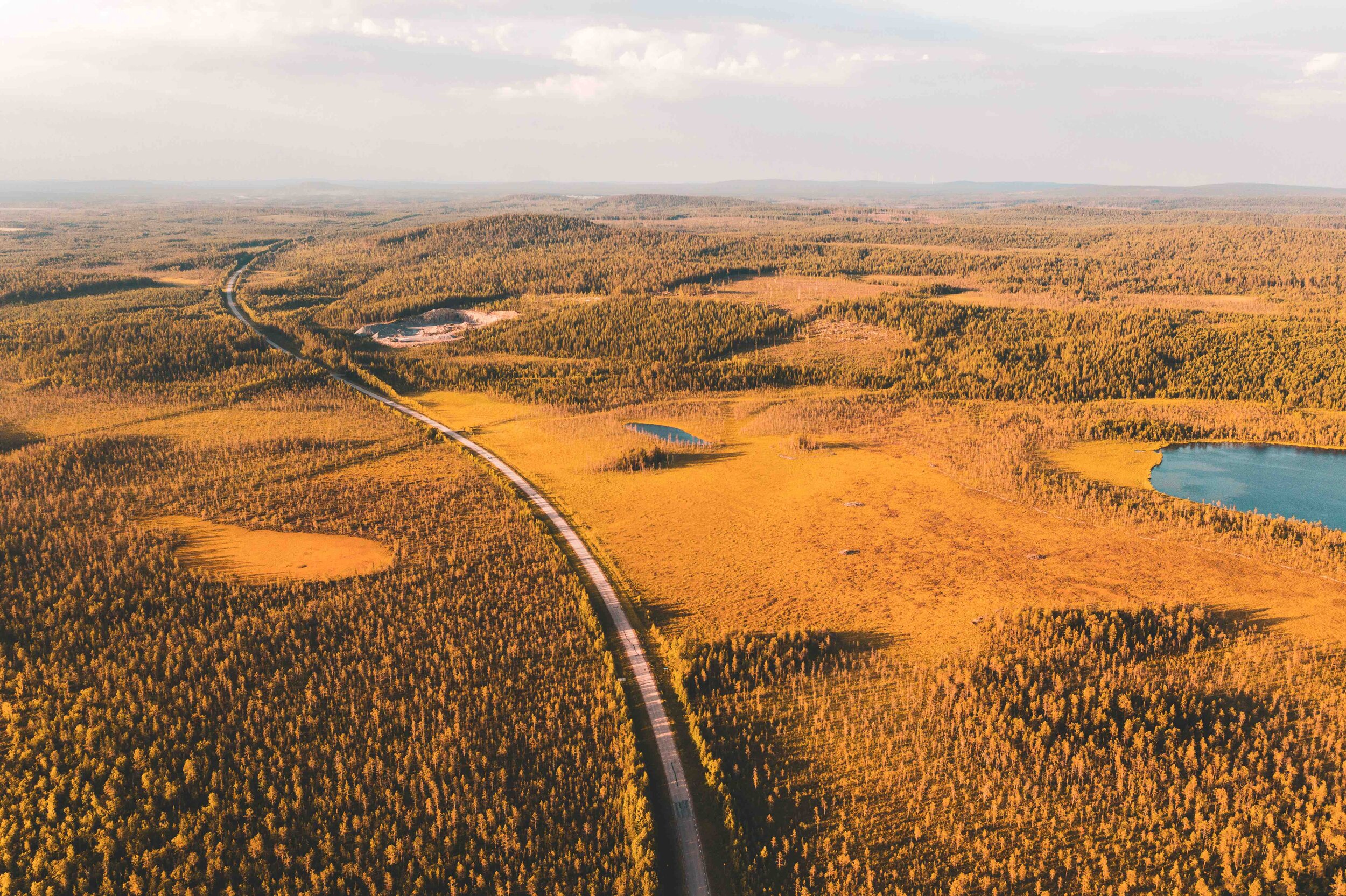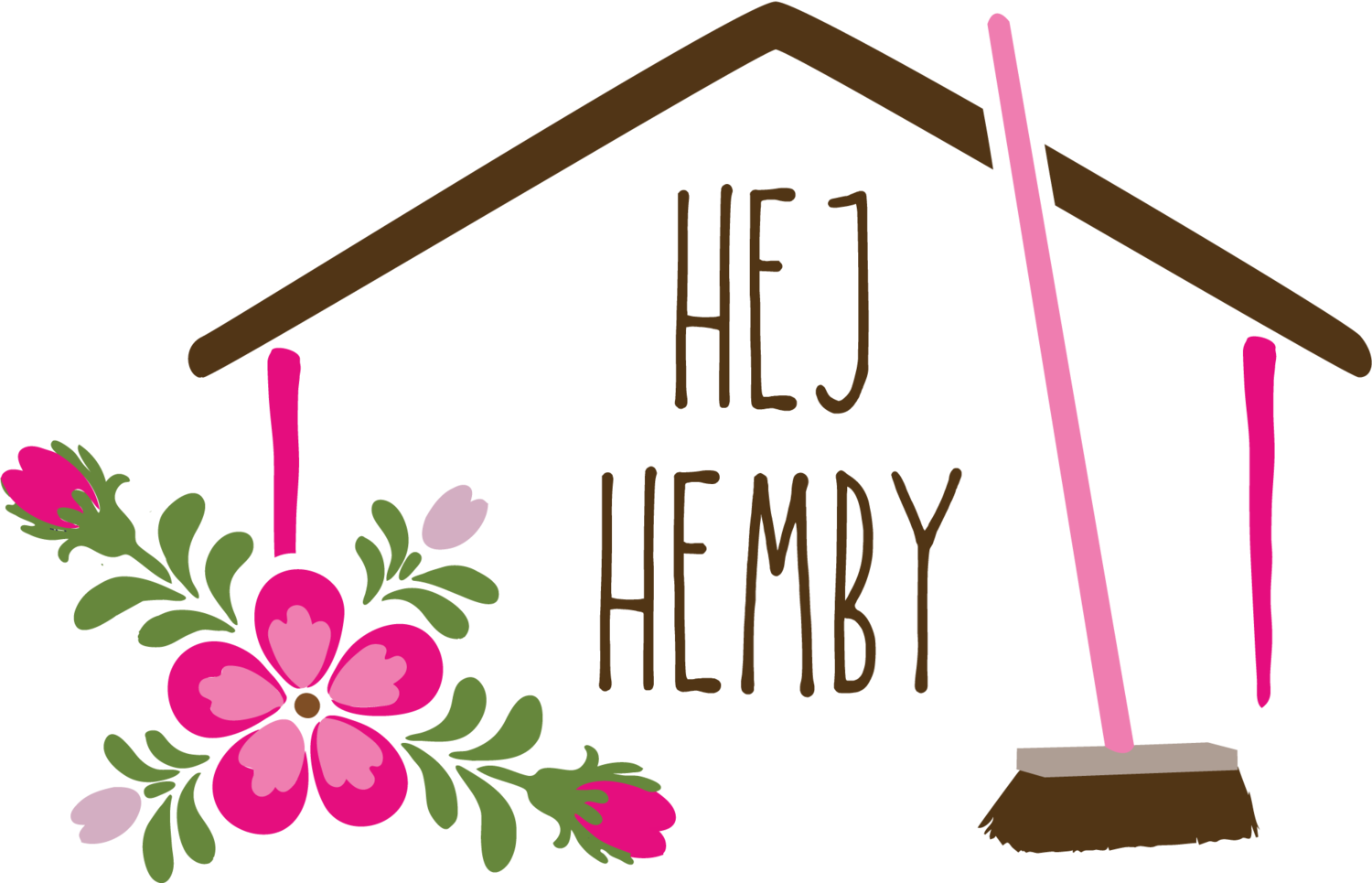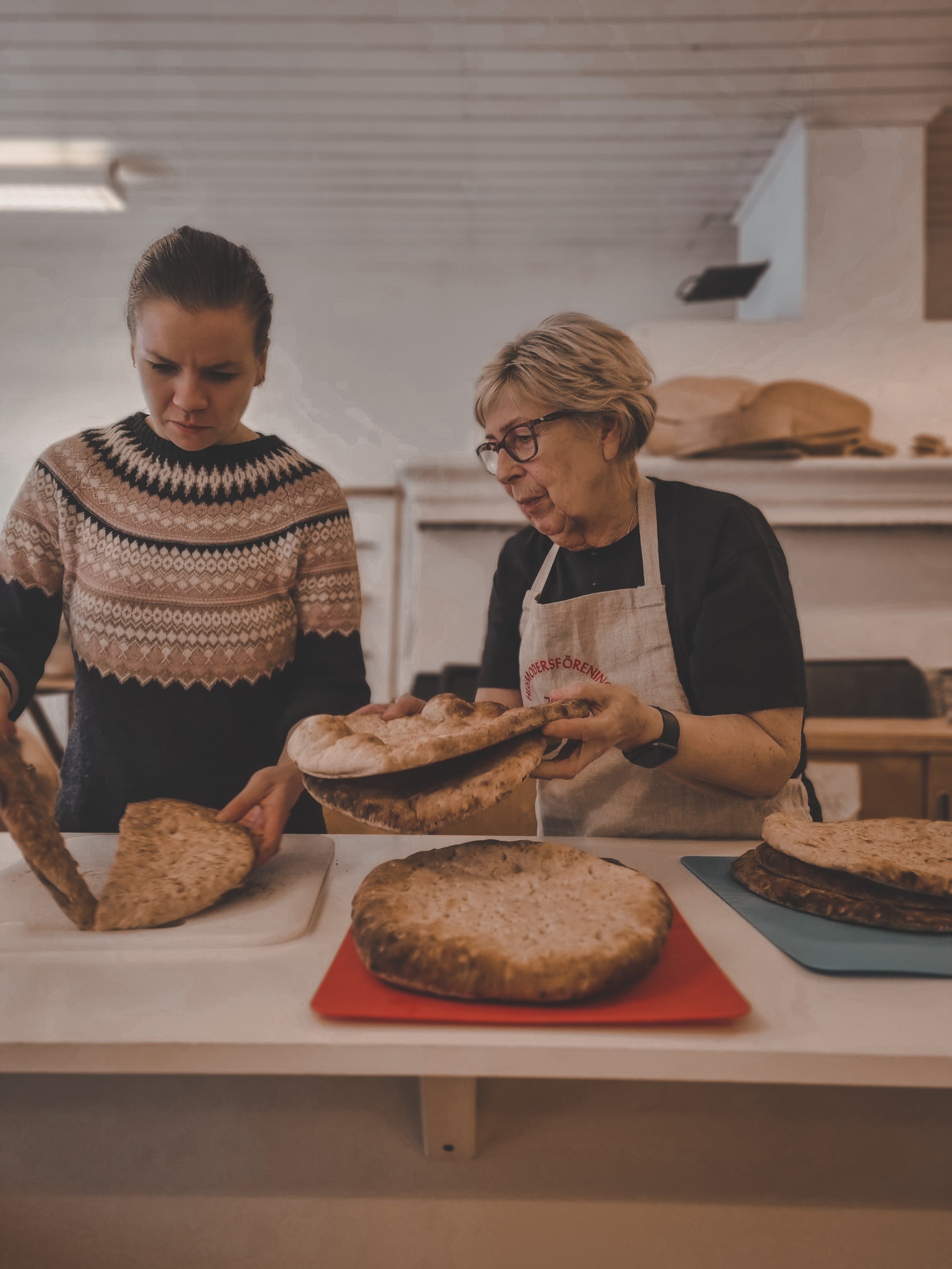
About Torne Valley
Torne Valley is caressing the majestic Torne River. This is the borderlands where east meets west, right on the Arctic Circle. A fusion of the rich Sámi and Torne Valley cultures, both filled with longstanding traditions, folklore, and modern contrasts. Torne Valley is the candid little sibling of the north. A bit odd, yet fun and genuine – someone you can’t help to love.
We can talk forever about the northern lights and the magical winter wonderland. We can sell you the midnight sun and twice as much summer, how you can enjoy spring-winter’s combined snow and sunshine, or the many berries and vibrant colors during autumn. Honestly, you can get that everywhere in Arctic Sweden. It’s just a regular Tuesday for us in Torne Valley.

Did you know that Torne Valley has 13 months?
This is
Torne Valley
A brief history
Picture borrowed from Tornedalsrådet (tornedalen.org). Torne Valley stretches from the Bothnian Bay in Haparanda-Tornio up to an area in northern Norway. Övertorneå and Pajala are at the heart of the valley.
Sweden and Finland were the same country until 1809 when Sweden lost Finland to Russia. Torne River became the border between the two countries. Many families that lived on both sides of the river were separated. The Tornedalians on the Swedish side spoke mostly Finnish and kept a strong cultural bond with Finland.
During the late 1800s, Sweden started assimilating Torne Valley to make it more robust against foreign threats. This meant that you were not allowed to speak anything but Swedish in the schools, and children were punished if they spoke Finnish. The development of the language came to a halt and became its own minority language meänkieli, while the Finnish language kept developing. It also brought a lot of shame to Tornedalians. The older generations stopped teaching their children anything but Swedish. It was not until about 100 years later when the schools were required to offer native-language lessons that meänkieli became more popular to learn again.
Most villages in Torne Valley got both a Swedish and a Finnish name. When the railroad was built in Sweden, the Finnish village names were translated (roughly) to Swedish. Today, the railroad is gone, but the double names remain. You can also see on the map that the villages along Torne River have a Finnish sibling village with the same name.
Being a Tornedalian is a geographical and cultural identity, and you don't have to speak meänkieli to be a Tornedalian.
The kitchen sofa is a traditional wooden piece of furniture that was used as a fold-out bed. Back in the day, if the house had a maid, the kitchen sofa was her place to sleep, and she stored her belongings under the lid. Today, it acts as extra seating and storage in the kitchen. It is also perfect for taking a nap after dinner.
The culture
The culture in Torne Valley can sometimes be hard to define. It is a unique mix of influences from Swedish, Finnish, Norwegian, and Sámi cultures. We love our sauna (wood-fired is the best), we drink heaps of coffee, and we live in harmony with nature. It is important to only take what you need when you spend time in nature. We respect wildlife – we hunt, but it is for food and not for trophies.
There are unwritten rules that you will learn over time. People will be patient and happily answer your questions, although we are straightforward. This is a rural place with a history of being overlooked by the rest of the country. The roots of helping each other are deep. You can always ask for help or borrow something from your neighbours – just be sure to pay it forward if someone needs your help.

Meänkieli translates to “our language” and is one of Sweden’s national minority languages. It originates from Torne Valley and is similar to Finnish. Around 75 000 speak meänkieli in Sweden. You can hear meänkieli on the radio and at the grocery store. It is common to hear people mix meänkieli and Swedish when talking.
What does it look like in Torne Valley?
Check out Pajala and Övertorneå in the showreels below.



